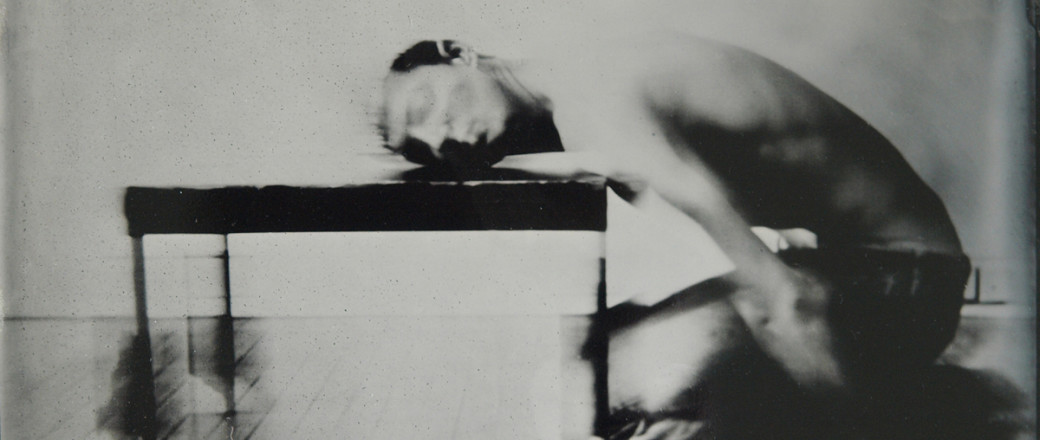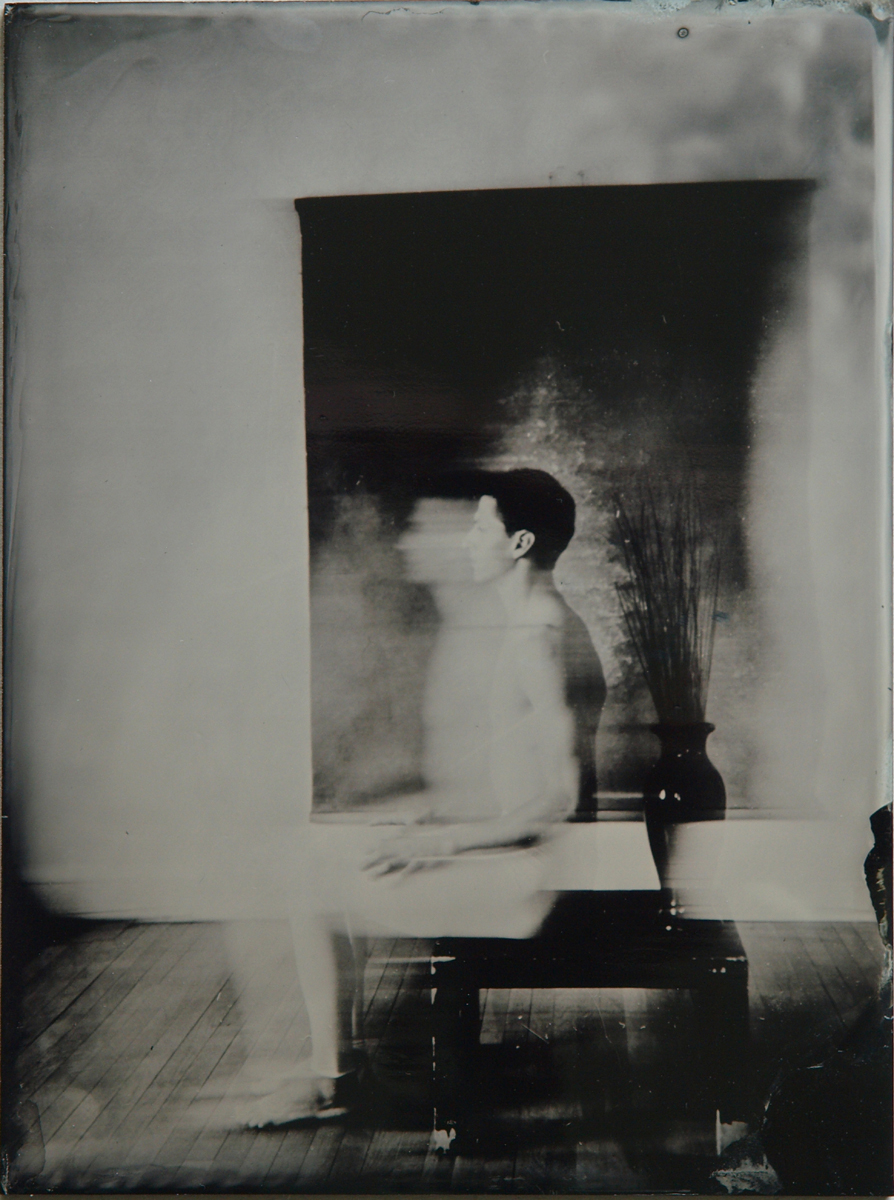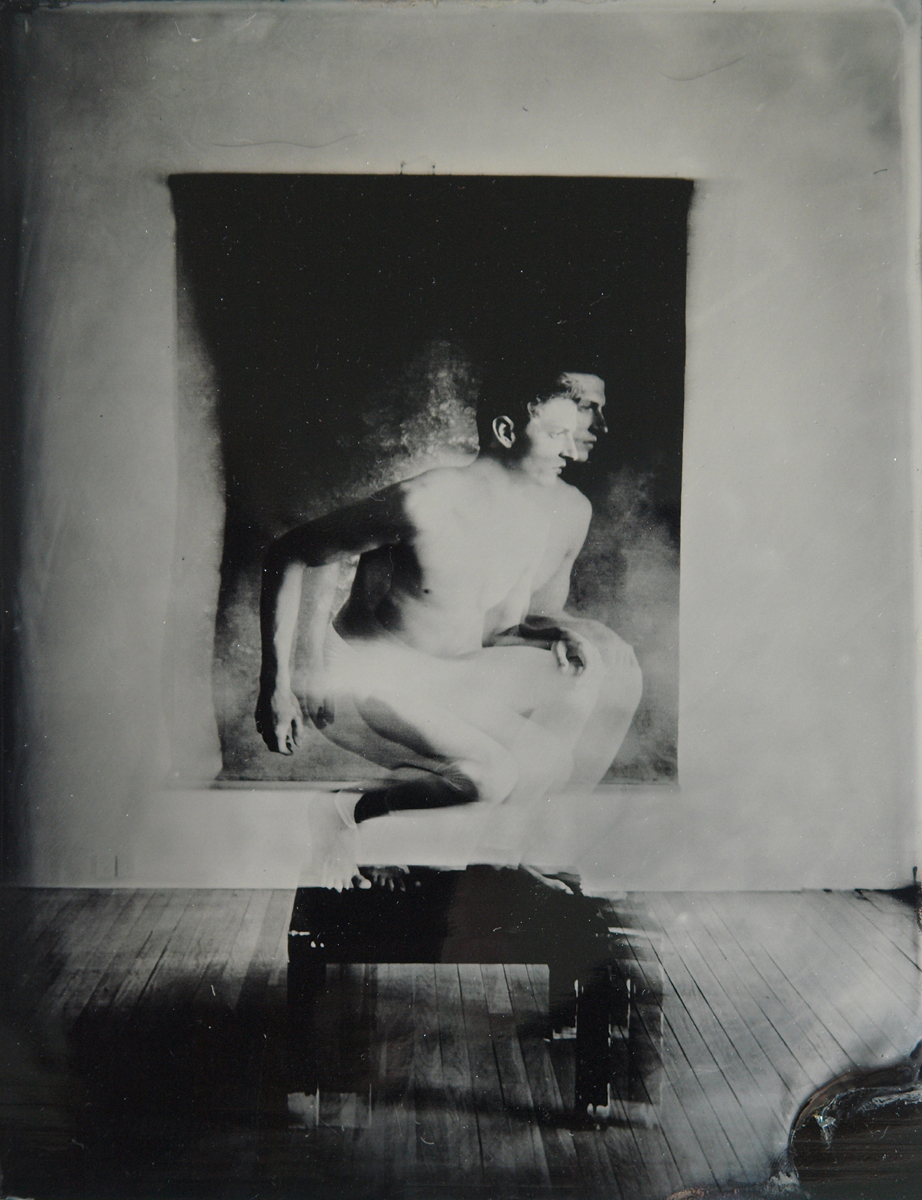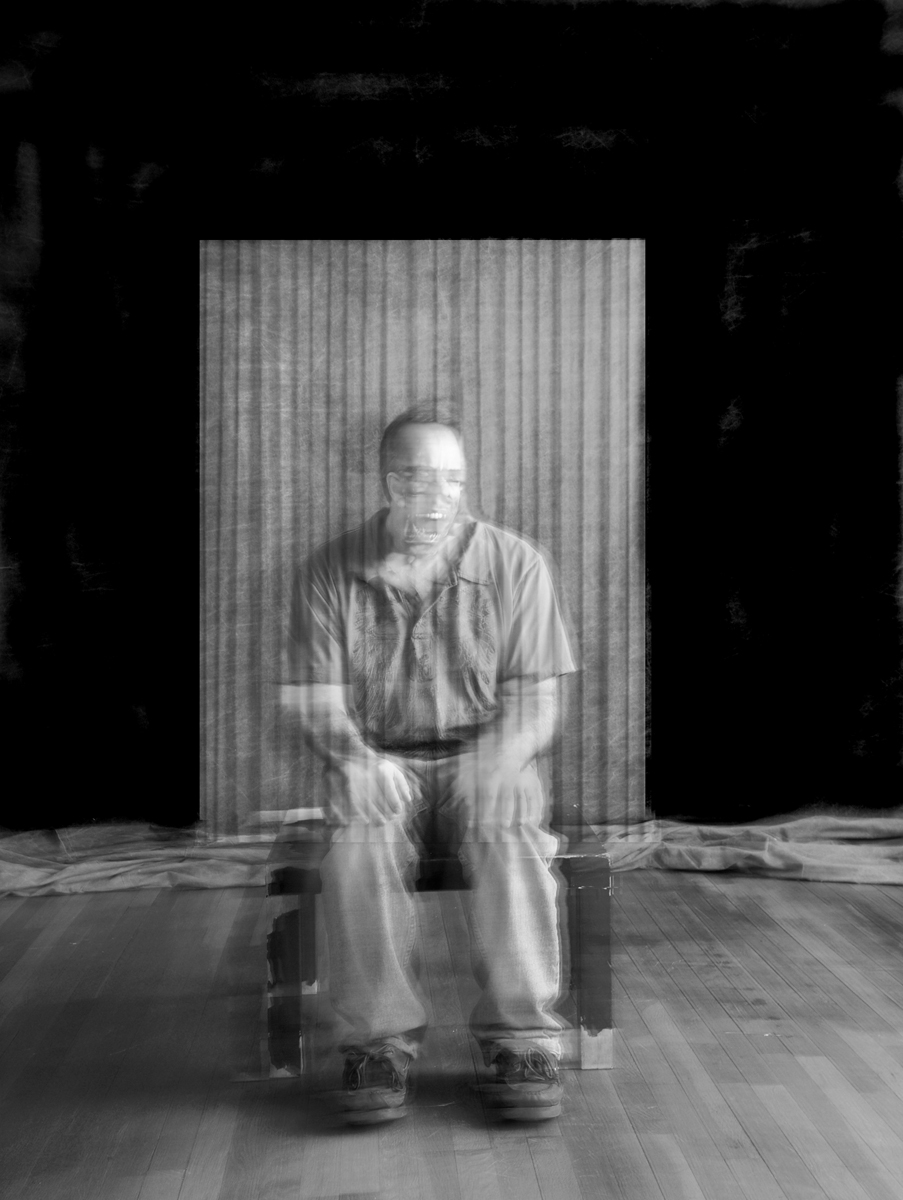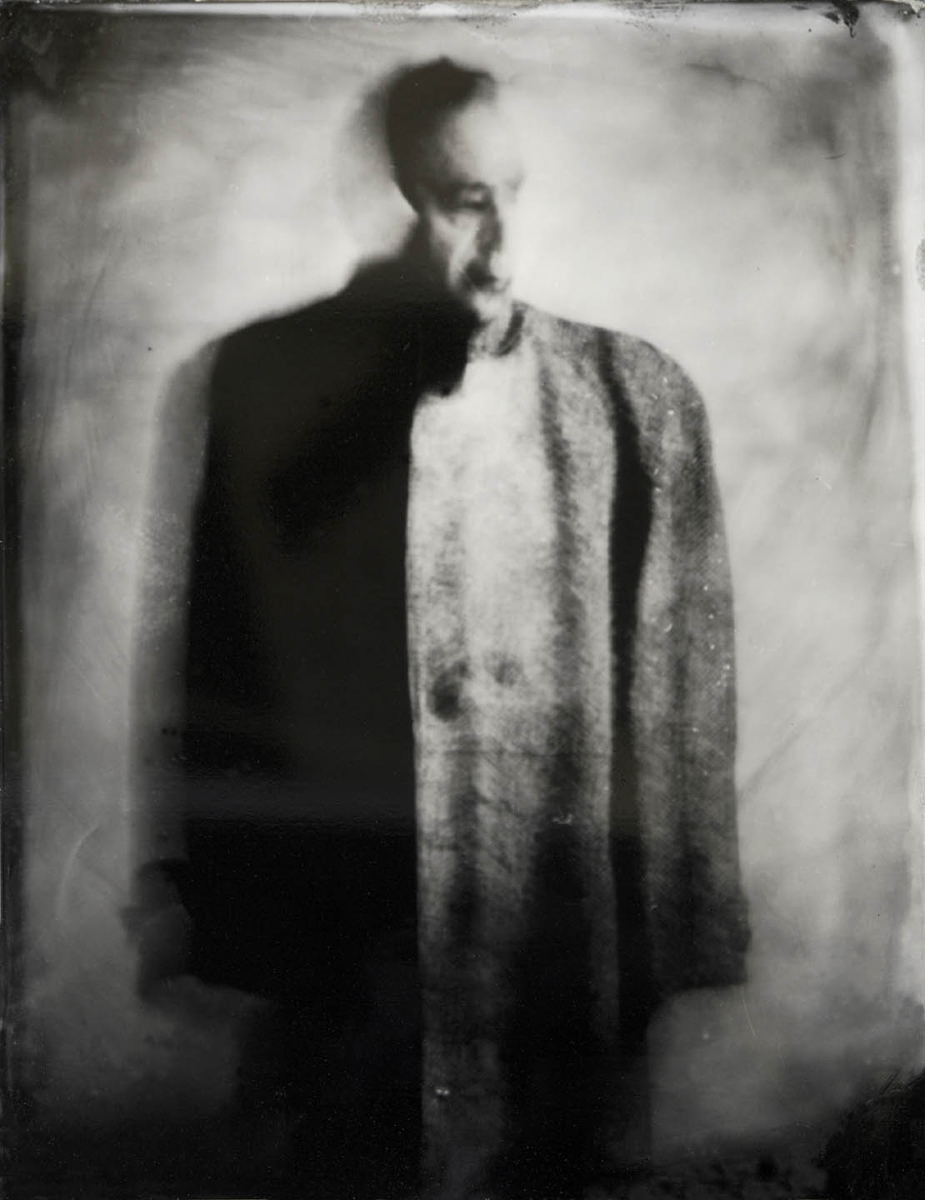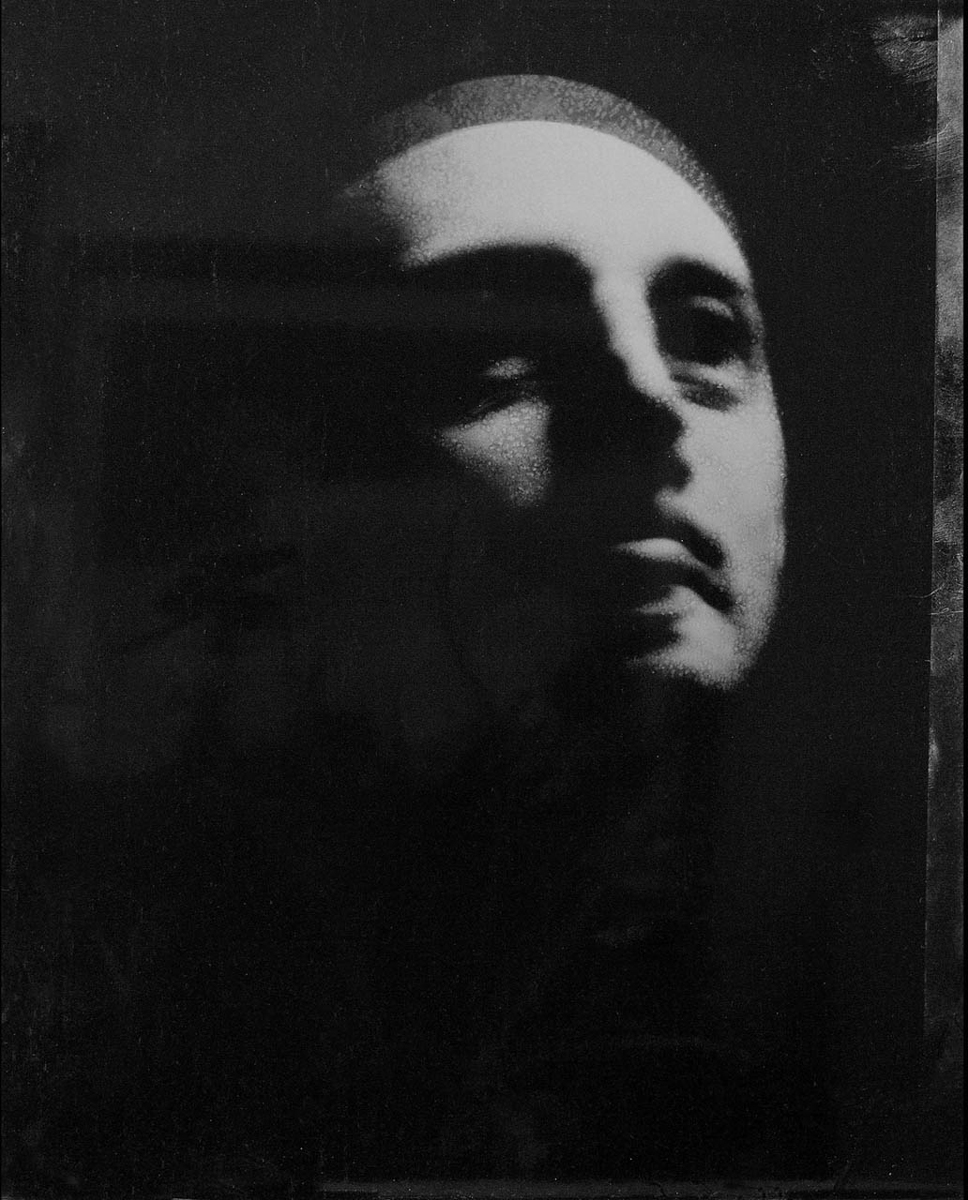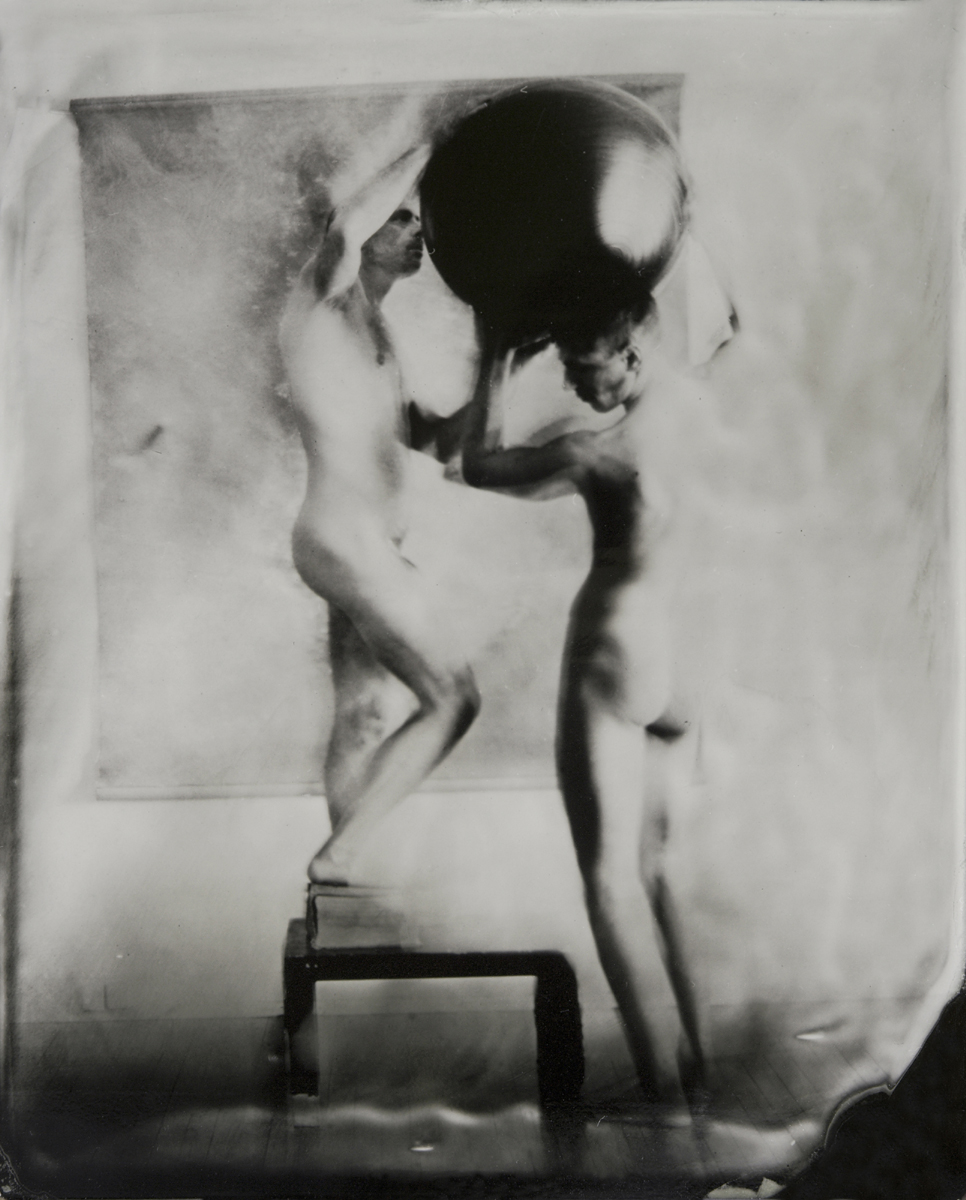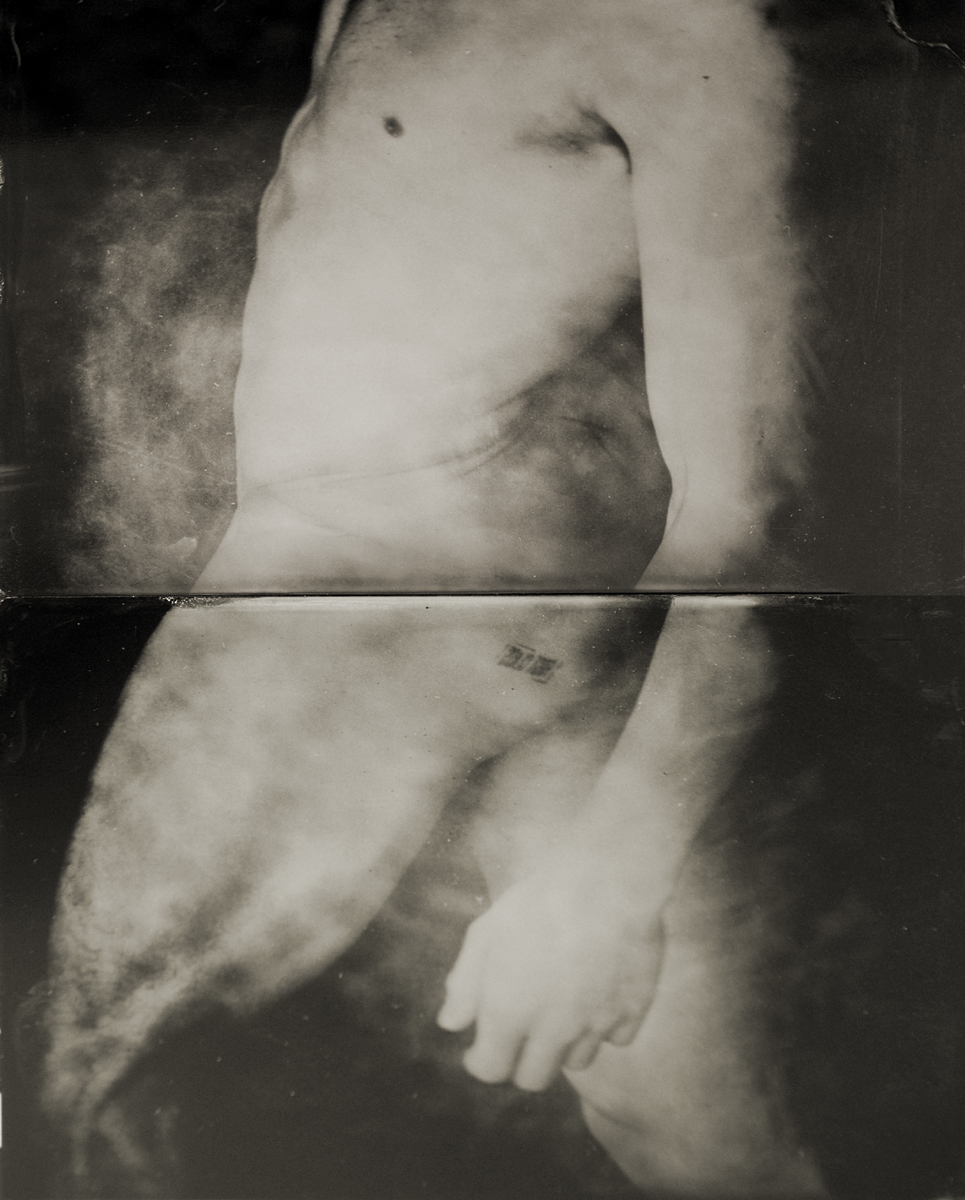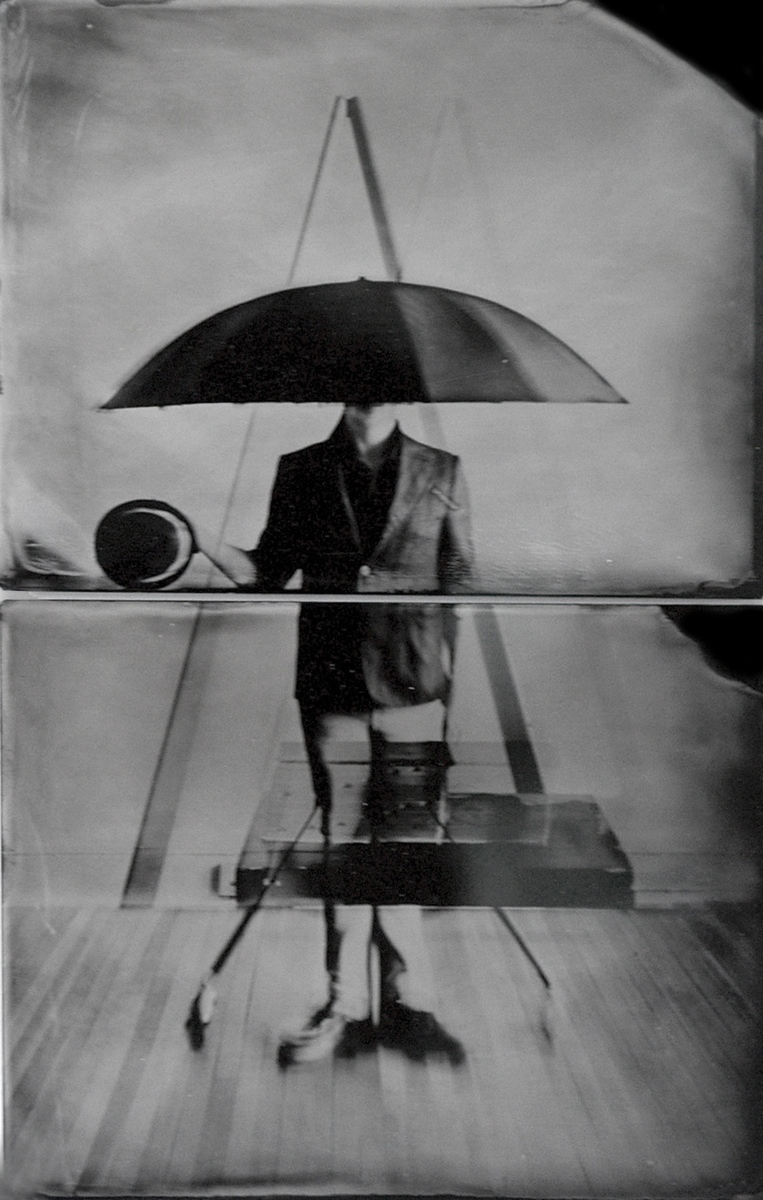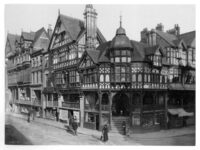Self-taught photographer and photo-based artist, Jeannette Palsa opened J. Palsa Photography in 1995. She attended Kent State University studying graphic design. Since 2004 she has worked in the historic photographic processes of gum dichromate, platinum palladium printing and wet-plate collodion. In 2005 she received an Ohio Arts Council Individual Excellence Award for her wet-plate collodion series The Illuminati. In 2011 she was awarded an Ohio Arts Council Individual Excellence Award for her wet-plate collodion series The Bacon Chronicles. For the past three years she has been experimenting with the historical photographic process of daguerreotypy and most recently working with photo-encaustics. Her work is exhibited nationally and resides in private and public collections.
– How and when did you become interested in photography?
I have been a photographer for the past 20 years. It is a passion that I was never able to ignore nor I did I choose it… it chose me. I have always been a little left of the photography curve in what I create and it was not a conscious choice… it was my aesthetic, how I see.
– Is there any artist/photographer who inspired your art?
To be honest, I am inspired more by the great masters of art rather than by photographers. To me the renaissance portraits have never been equaled and everyone can learn from studying their use of light and pigment. I study Picasso and the artist Francis Bacon as I think they are two of the most original artists we have had the pleasure to behold.
As for photographic inspiration photographer Julia Margaret Cameron was the reason I began experimenting with the alternative photographic processes. There is something about her images that speak to the soul and they can never be replicated in passion and creativity.
– Why do you work in black and white rather than color?
To photograph in color is to photograph clothing… to photograph in black and white is to photograph the soul.
– How much preparation do you put into taking a photograph/series of photograph?
Hours… all of my art is original, models photographed in the studio with the imagery utilized in whatever way the creative process takes me. I have a passion for the historic photographic processes and have worked in gum dichromate, platinum/palladium, wet-plate collodion and daguerreotypy. My submission of “The Bacon Chronicles” was created and exacted in wet-plate collodion. It is a process far removed from an “Instagram” kind of photograph.
The ambrotype is made using the wet-plate collodion process. It is simply an underexposed glass plate negative. When it is placed against a dark background it appears as a positive image. The ambrotype plate is either backed with a dark material or more directly the plate itself is made on dark colored glass. I make my ambrotypes on black glass to create an unmatched brilliance in the shadows. Once dry, I coat each piece with varnish made from gum sandarac and lavender oil. This helps to protect the image surface and makes it archival.
The Wet-Plate Collodion Process was first introduced in 1851 by the Englishman Frederick Scott Archer. By 1860, it had become the universal photographic method employed by virtually all photographers in the United States and abroad. The wet-plate process continued to be the state of the art until about 1880 when manufactured gelatin dry plates cam into wide spread use.
It is called wet-plate because the plate, be it glass for negatives or ambrotypes, or metal for ferrotypes, cannot be allowed to dry during the entire procedure. Once the plate has been coated with the clear volatile, viscose collodion solution, it must be immediately sensitized, exposed in the camera, developed, fixed and rinsed before the plate dries. The plate loses sensitivity and usefulness once it begins to dry. The entire wet-plate process must be performed for each plate taken. There is no shooting of pictures now and developing them later. In a sense, the wet-plate photographer makes his or her own film and processes it on the spot.
– Where is your photography going?
Wherever my mind’s eye takes me. I have recently begun experimenting with the process of Photo-Encaustic and look forward to seeing where that aesthetic takes me as well.
Website: www.jpalsaphotography.com/collodion

